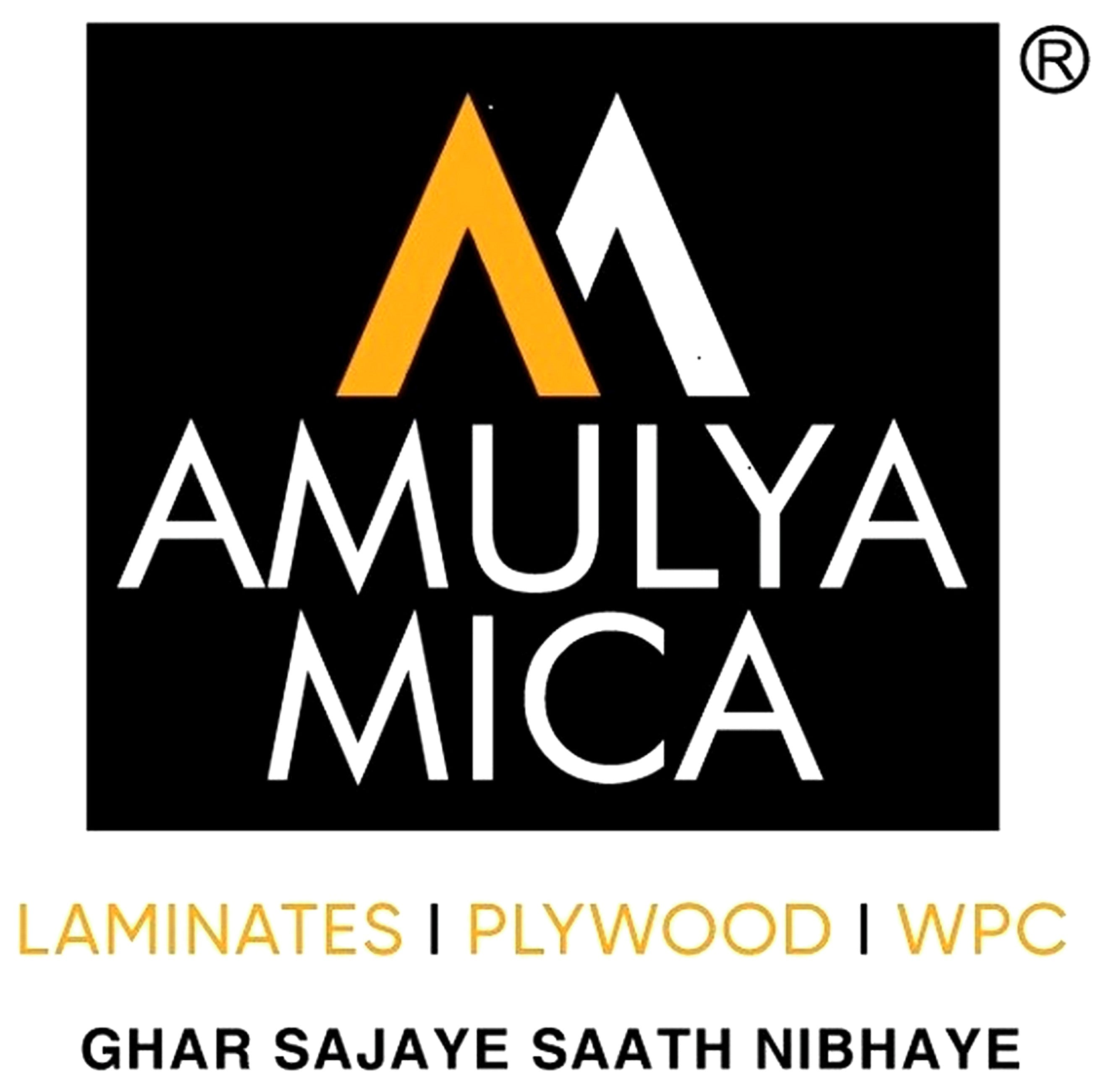Most of us adore our wooden furniture. Where the style is antique or rustic, the furniture in the house includes woodwork. It's an uphill walk, however, searching for high-quality wood that compliments both your interior and your budget. Therefore, individuals are searching for economical alternatives such as laminates and veneers to lend their doors the wood effect as the surface of their flush doors. As finishing materials for flush doors made of plywood, MDF, or particle-board, veneers and laminates are popular and prevalent alternatives. All of these materials have its advantages and deficiencies. The look and layout of the two are key issues when selecting one of them, but it is also important to remember the reliability, upkeep and cost of these flush doors.
Let's look at all of the aspects in which laminate flush doors vary from veneer doors.
The composition: By pressing together flat papers and resins that go over the door surface that is enforced by kiln-seasoned, composite solid fillers, tightly fit in, laminated flush doors are made. This rectangular wood fillers or blocks do not have interstitial space inside them to store water. The laminates are organic material, but on the surface of the frame, decorative designs or colors may be produced and their longevity means the life of the doors is long.
Veneer is a thin hardwood sheet that is fixed with adhesive on a surface to add a wooden effect to the very simple tops.
The Varieties: Since veneers mimic wood in appearance and feel, in India, veneer door designs are only available in small shades. They may be wood on wood, raw, or reconstituted, but they guarantee an overall final impression of wood.
Laminates can be textured, high-gloss, or smooth, and differ in type. Additionally, they come in diverse colors and tones. Textured laminate will imitate the wood or stone effect.
The Maintenance: As they come with scratch, stain-resistant features, laminate doors are sturdy and simple to maintain. They are also water-proof, decay-proof and for a very long time they stay put. As they need time-to-time polishing, veneer doors are a little demanding in terms of maintenance. This is done to make them look shiny and increase their lifespan.
The Ästhetics: In myriad colours, styles and textures, laminate flush doors are open. In terms of grace and elegance, veneers are made of wood and, thus, remain evergreen like oak. It also enriches the interiors with a wood influence, but there are fewer color choices compared to laminate doors.
The Price: Because of the materials used in flush doors in combination with modestly priced laminates used for the surface, laminate flush doors are economical materials than their equivalents, veneer doors. Laminate gate, though, differ in consistency and brand and in price range as well. In the pricier side, veneer doors are and high-quality wood fetches a premium price. The efficiency of veneer doors also depends on the type of timber used.
Before purchasing veneers or laminate for your doors, these specifics are necessary to bear in mind. Laminates and veneers change the aesthetics of a flat and dull door immediately and give it an enriched look.
For any queries call us at 18002331488 (Toll Free No,) or mail us at crm@amulyamica.com & just click on 'where to buy' link below to find Amulya Mica Store near you.

